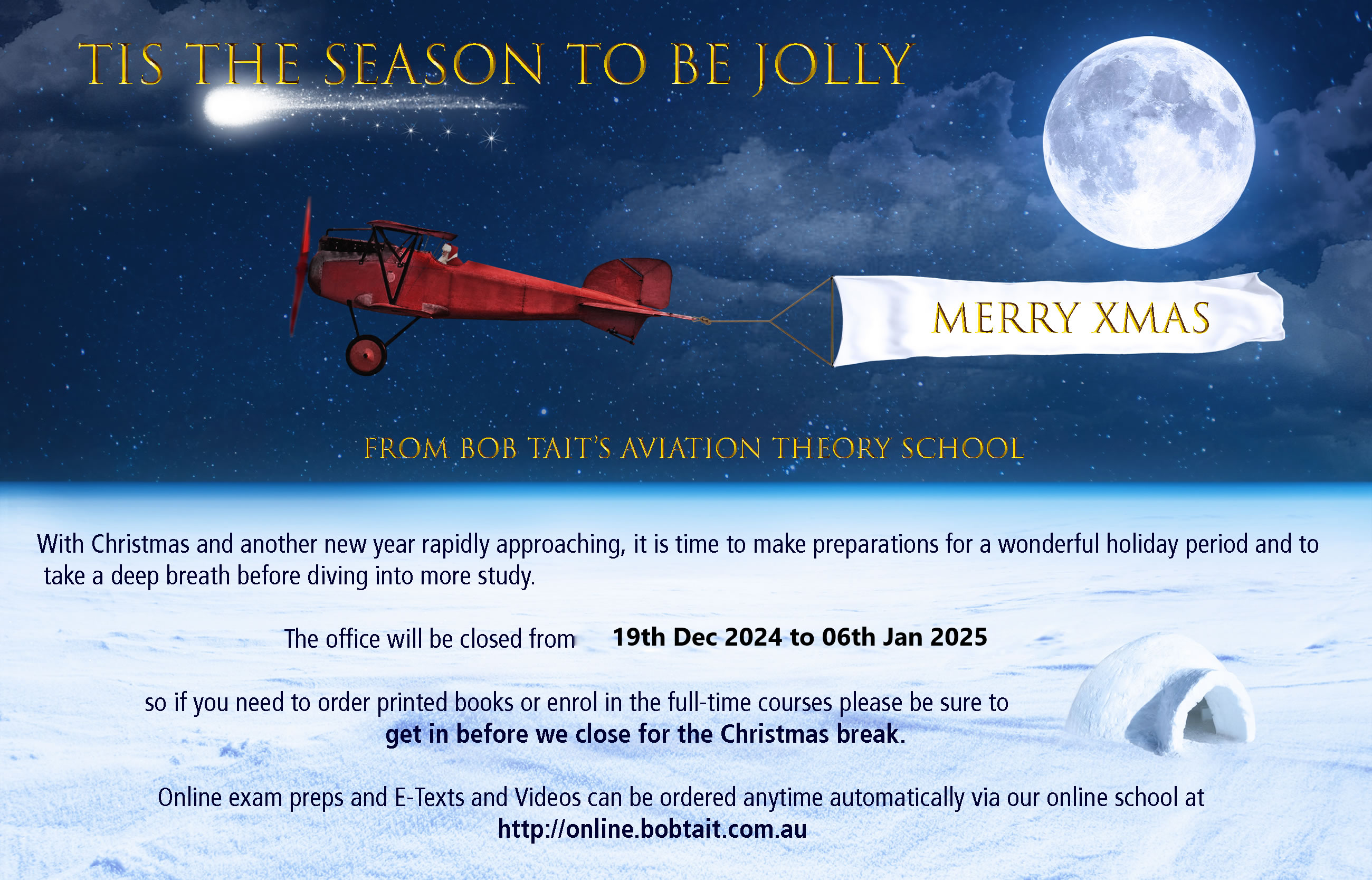Run some searches on the net. There are plenty of articles on illusion problems. Grab some HF textbooks on flying hazards and read up there as well.
Examples
flightsafety.org/files/alar_bn5-3-illusions.pdf
www.boldmethod.com/blog/lists/2023/03/8-...t-should-understand/
Will you get caught by them as you progress in gaining expertise ? You bet you will ! Secret is to fly conservatively and not kill yourself in the learning process.
Your specific question relates to visual clarity. On a very clear night and, especially if the lights are set on high intensity, you will experience a convincing illusion that the lights are considerably
closer than they are. End result is you talk yourself into believing you are flying higher in respect to the lights than you are - risk is a duck under. I've not had too much trouble with this one as I was drilled in I/F scans at an early stage of my flying training.
Same sort of thing if you enter mist/fog on short final, especially at night - the sudden loss in the distance you see gives you an overwhelming sensation that you are pitching up - end result is you nose over and land short. I can relate an anecdote on this one. PPL, around 60 hours at BK on night circuits. Fog rolled in and caught me on short final. In nearly the blink of an eye I went from a normal approach and aiming point to a significant undershoot and touchdown well short of the threshold. Frightened me witless at the time. Once you get used to it, it becomes much more easily managed. For example, on the Electra and B727 freighters, I did lots of flying at 0-dark-30 in winter Melbourne to Launceston/Hobart. Fog was par for the course and we sort of did the right thing ....
Runway width is a real trap if you are habituated to particular widths. Early on the B737, we flew a charter Melbourne up to Mangalore for an airshow. My leg. The illusion is that you are higher than you are above the runway on final with a narrower width. End result, I didn't flare when I should have and thumped it on a beauty. Very embarrassing when my normal landings on the Fluf were consistently pretty good. Much laughter at my expense in the cockpit as we had a heavy crew because of the long day duty period.
And so it goes on. Be VERY careful when you start night flying on your own with the somatogravic illusion - that one has killed innumerable aircraft and occupants and is a major safety hazard.
How do you get around this stuff ?
Three things will help -
(a) read up lots on the subject so you know the problems and are alerted to bad situations before you get bitten. Forewarned is forearmed.
(b) get yourself 20-30 hours under the hood on general I/F with some blind circuit I/F training where your instructor talks you around from brakes release to stop. End result is you get so used to incorporating I/F scans into your visual flying that you do it without even thinking about it. Money in the bank so far as protecting yourself is concerned. I did about 10 hours aerobatics under the hood and that was worth its weight in gold and then some. All of that was on Henry Millicer's fun little machine.
(c) acquire a conservative approach to your flying early on. If you don't needlessly stick your neck out, you are far less likely to lose your head if things go awry ....
Keep at it. Reading and practising will get you through the early high risk times of your flying career.








